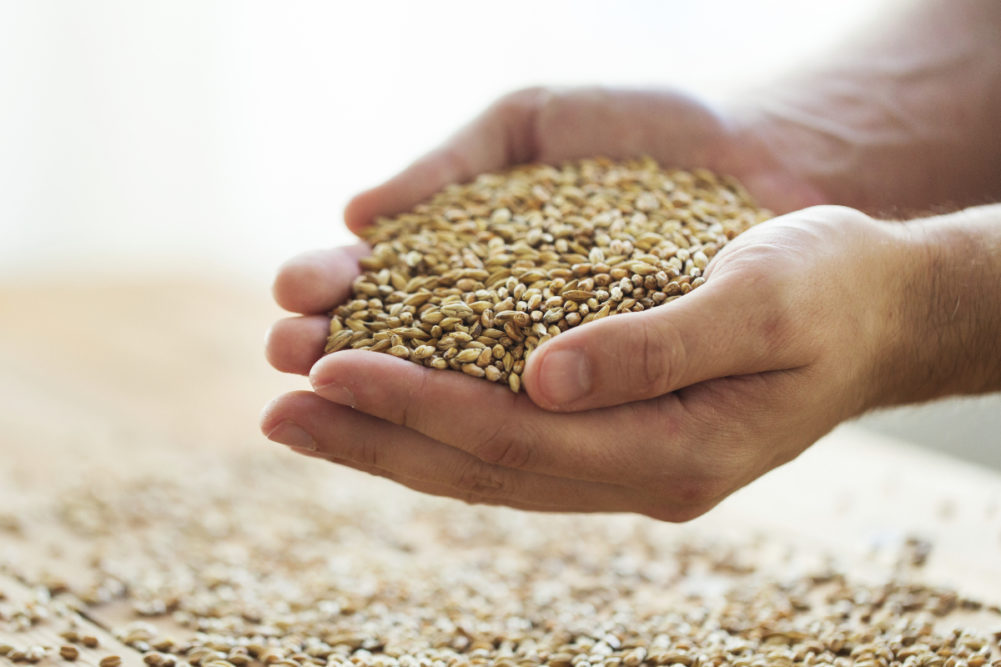KANSAS CITY, MISSOURI, US – What if tomorrow Russia pulled its troops out of Ukraine and declared an end to the ill-advised war it started on Feb. 24, allowing grain to again move freely out of Ukrainian ports? Would normalcy return to the grain markets? Would wheat and food prices retreat significantly from their historic highs? Would food insecurity that is plaguing a record number of people trend in a better direction?
 Arvin Donley
Arvin DonleyWhen the war finally ends, or if Russia allows grain from Ukraine to be exported before the end of the war, an option that is currently being discussed, it will take months for the market to accurately assess how much grain Ukraine has in storage, what percentage of the stored grain is in good enough condition to export, how much damage has been done to the country’s grain transportation infrastructure, and how much grain production can realistically be expected for the 2022-23 marketing year given the obstacles of planting, cultivating and harvesting grain in a war zone.
While there would be some immediate relief, certainly in terms of the psychological impact on the agricultural commodity markets, this unprecedented crisis cannot be fully resolved just by inserting Ukrainian grain back into the equation. Supply chains, which have been highly dysfunctional since the COVID-19 pandemic began, must be repaired. Climate change, which has contributed to weather-related crop shortfalls in key grain-producing countries, must continue to be addressed. Global inflation, which has made crop inputs too expensive to use in some parts of the world, must be tamed. Traditional grain trade patterns must be restored, and new trade flows explored. And most importantly, geopolitical tensions between countries such as the United States and China, and Russia and the NATO alliance must be eased.
Sara Menker, chief executive officer of Gro Intelligence, during her speech to the United Nations Security Council in late May, offered a blunt assessment of the current situation and the potential for an even bleaker future if these issues are not addressed.
“Without substantial immediate and aggressive coordinated global actions, we stand the risk of an extraordinary amount of both human suffering and economic damage,” Menker told UN members. “This isn’t cyclical; this is seismic. It’s a once in a generation occurrence that can dramatically reshape the geopolitical era.”
Gro Intelligence estimates that price increases in major food crops year to date have made an additional 400 million people food insecure. She grimly noted that is the same number of people that China has taken out of poverty in the last 20 years.
A best-case scenario requires a complete withdrawal of Russian troops from Ukraine sooner rather than later. It requires government and industry leaders working together to find solutions to the unprecedented supply chain problems. It requires grain-rich countries to resist the temptation to hoard grain when they can sell or donate a certain percentage of their stocks without compromising domestic food security. It also requires good fortune in terms of weather, something that is beyond our control. What’s most unsettling is the worst-case scenario simply requires staying on the current, self-destructive course. A better path must be relentlessly sought, even though there are no quick or easy solutions.
- Arvin Donley is editor of World Grain.






